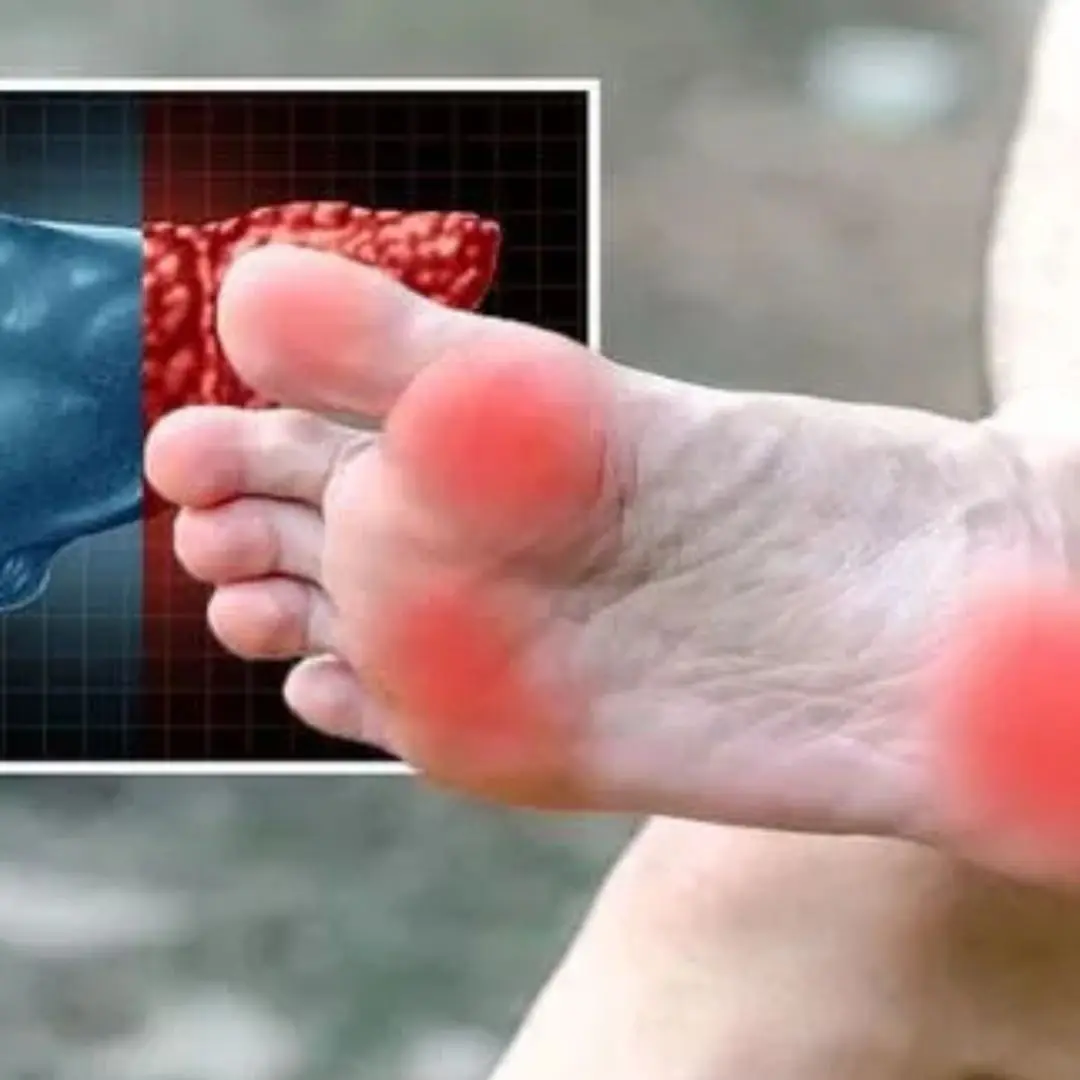
How to remove foreign objects from the eye quickly without causing harm?
HOW TO SAFELY AND QUICKLY REMOVE A FOREIGN OBJECT FROM YOUR EYE
-
There are several ways to remove a foreign object from your eye. It’s important to see a doctor to remove sharp objects, such as a glass or metal fragment.
-
A foreign object in the eye refers to anything from outside the body that gets into the eye. It can be lodged under the eyelid, stuck on the ocular surface, or penetrate the eye.
-
Commonly affected parts include:
-
Cornea: The clear dome covering the eye's front; it protects and helps focus light.
-
Conjunctiva: The thin membrane covering the sclera (white part) and lining under the eyelids.
-
-
Foreign objects cannot get lost behind the eyeball but may scratch the cornea.
-
Some injuries are minor, but others may cause infections or vision damage.
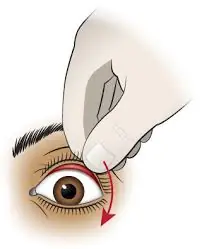
SYMPTOMS OF A FOREIGN OBJECT IN THE EYE
-
Pressure or discomfort
-
Sensation of something in the eye
-
Eye pain
-
Excessive tearing
-
Light sensitivity
-
Frequent blinking
-
Red or bloodshot eye
-
Less common but more severe: Intraocular foreign body — often caused by explosions or high-speed impacts (e.g., gunshots). Signs include fluid or blood discharge from the eye.
COMMON CAUSES
-
Everyday activities can result in:
-
Eyelashes
-
Dried mucus
-
Dirt or sand
-
Sawdust
-
Cosmetics
-
Contact lenses
-
Metal or glass particles
-
-
High-speed projectiles are most dangerous and can cause permanent vision loss.
WHEN TO GET EMERGENCY CARE
-
Seek immediate help if:
-
The object is sharp, rough, or large
-
It prevents the eye from closing
-
It contains chemicals
-
It’s embedded or caused bleeding
-
It was propelled at high speed
-
-
Until help arrives:
-
Limit eye movement
-
Bandage with clean cloth or gauze
-
Use a paper cup if the object is too large
-
Cover the uninjured eye to reduce movement
-
-
Even after removal, get medical attention if:
-
You still feel something in the eye
-
Vision or symptoms persist or worsen
-
Cloudiness appears on the cornea
-
HOME CARE STEPS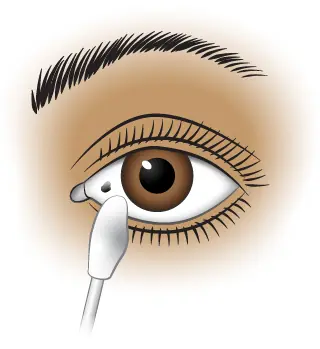
-
Don’t rub the eye or use tools like tweezers
-
Don’t remove contact lenses unless there’s swelling or chemical injury
Before starting care:
-
Wash your hands
-
Use bright light
-
Inspect the eye by manipulating eyelids:
-
Look up and pull down lower lid
-
Look down and flip upper lid
-
Techniques to remove the object:
-
Under upper eyelid:
-
Submerge face in water and blink several times
-
Use an eyecup to rinse
-
Pull upper lid over lower lid to dislodge
-
-
Under lower eyelid:
-
Pull lid down or press skin beneath to expose
-
Use a damp cotton swab if visible
-
Flush with water or use eyecup
-
-
For multiple small particles (e.g., sand):
-
Use wet cloth to wipe surrounding area
-
Submerge eye and blink repeatedly
-
For children: pour warm water into eye while holding lids open
-
WHEN TO SEEK MEDICAL HELP
-
If unable to remove the object
-
If vision is still abnormal
-
If tearing, swelling, or irritation persists
-
If symptoms worsen after removal
AT THE DOCTOR’S OFFICE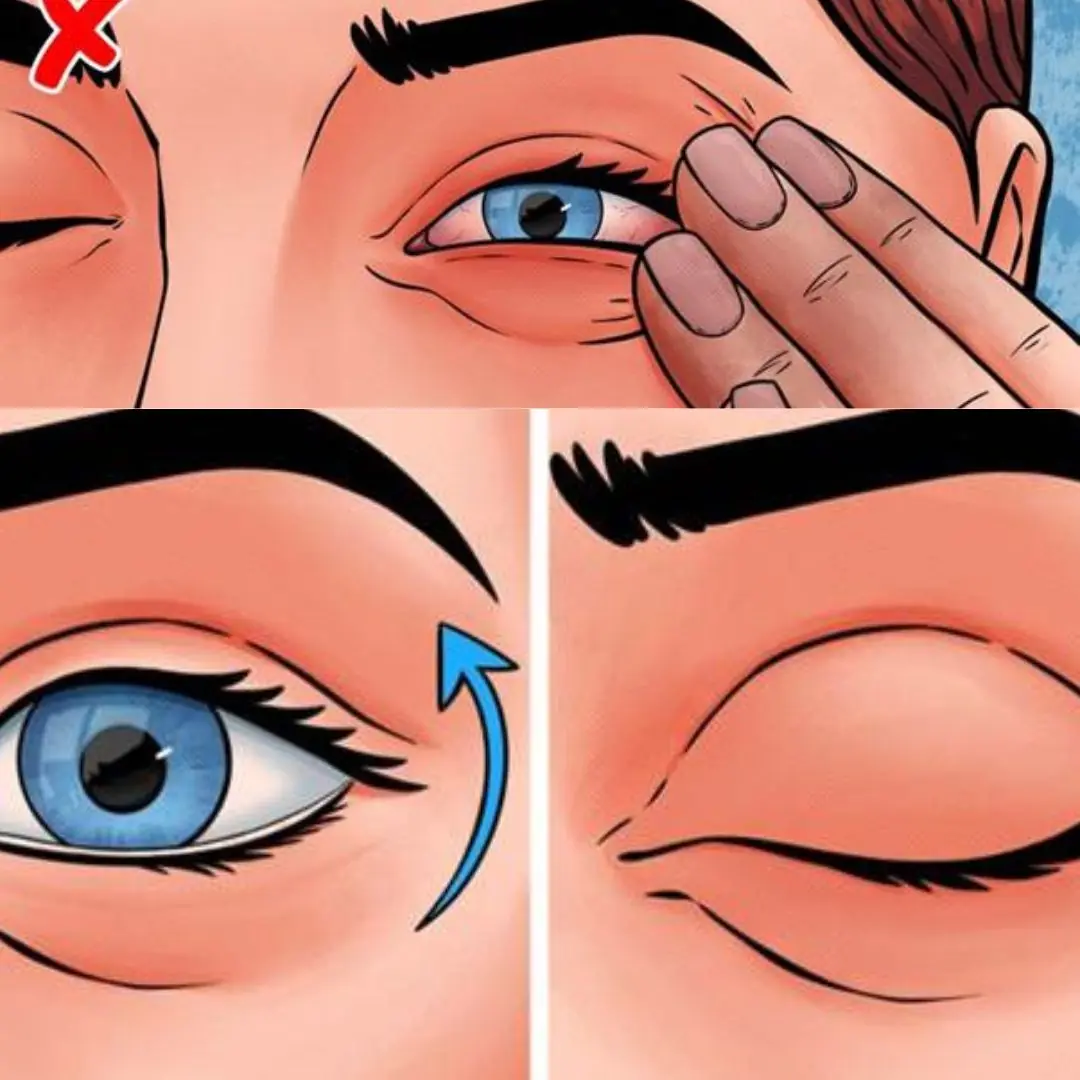
-
May use numbing drops and fluorescein dye
-
Tools: magnifier, cotton swab, tweezers, or water flush
-
In more severe cases: use of needles or surgical tools
-
If corneal abrasion:
-
Antibiotic ointment to prevent infection
-
Eye drops to keep pupil dilated (for large abrasions)
-
Pain relievers like acetaminophen
-
Imaging (CT scan) if intraocular damage suspected
-
Referral to ophthalmologist if necessary
-
RECOVERY
-
Minor cases heal in ~2 hours
-
Irritation may last 1–2 days
-
Corneal abrasions heal in 2–3 days
-
Higher infection risk with organic material (e.g., twigs, soil)
-
Intraocular injuries may cause permanent damage or endophthalmitis
PREVENTION
-
Use protective eyewear when:
-
Using tools (saws, hammers, grinders)
-
Working with chemicals
-
Mowing the lawn
-
Protecting your eyes during high-risk activities is the best way to prevent foreign objects from entering and causing harm.
News in the same category

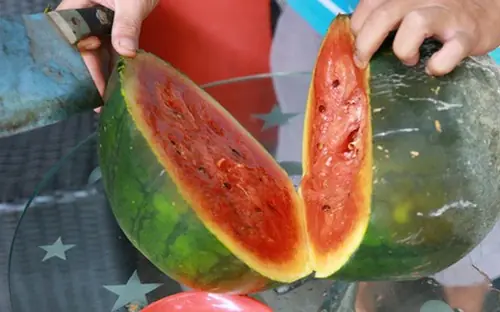
Watermelon is cooling but eating it this way can cause poisoning: Many people don't know

Experts show 4 ways to eat instant noodles without toxicity
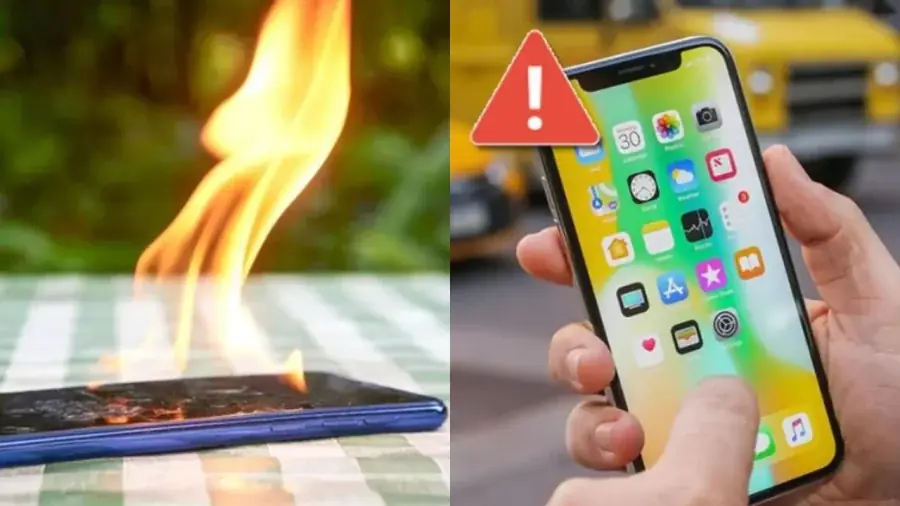
Phone Frequently Overheating and Freezing? Try This Simple Fix to Make It Run Like New
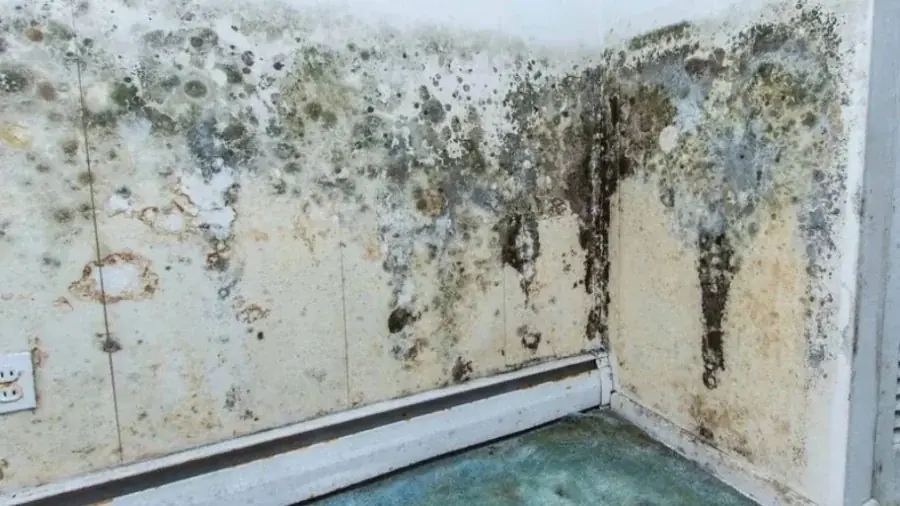
Damp, Moldy, and Peeling Walls Ruining Your Home’s Aesthetic? This Simple Fix Will Make Them Look Brand New
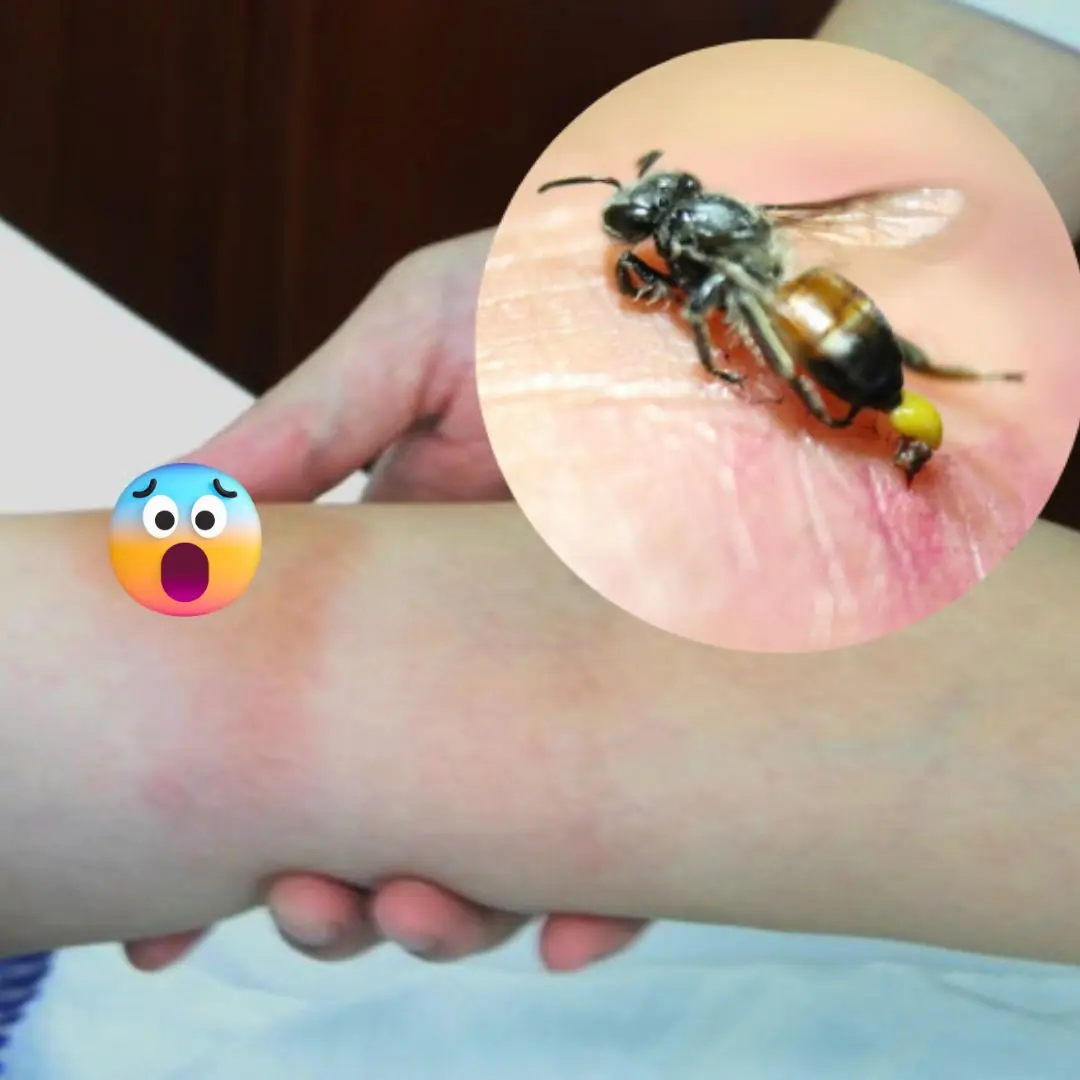
How to relieve bee sting pain at home
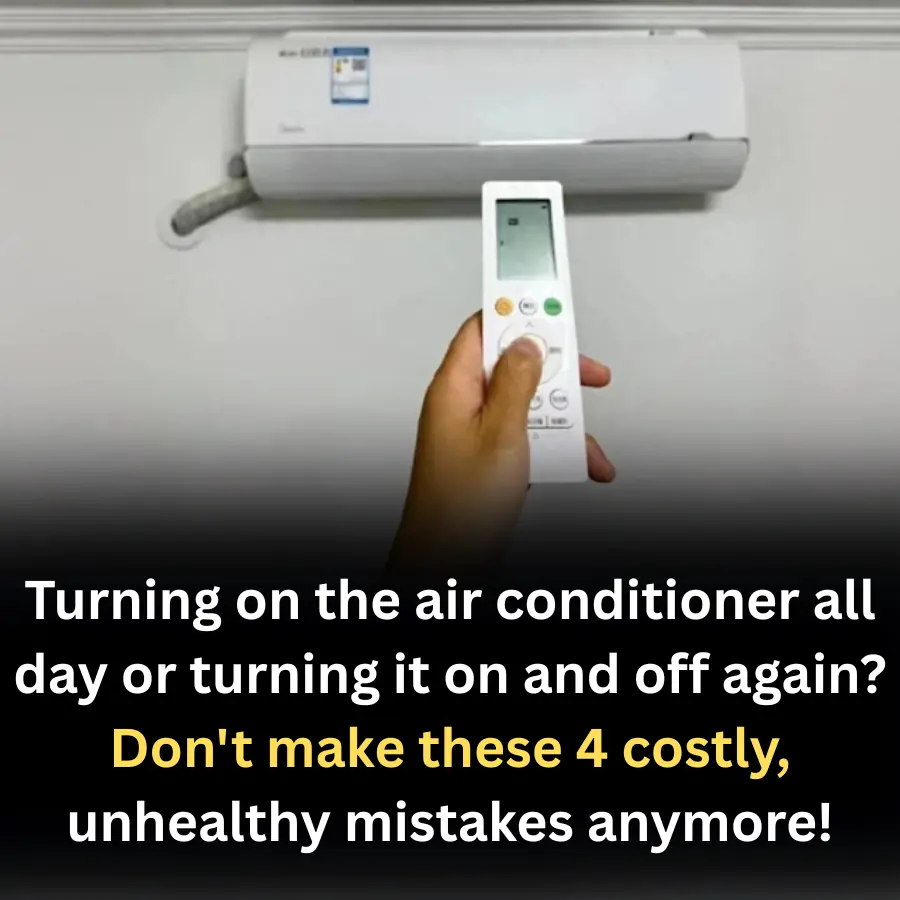
Turning on the air conditioner all day or turning it on and off again? Don't make these 4 costly, unhealthy mistakes anymore!
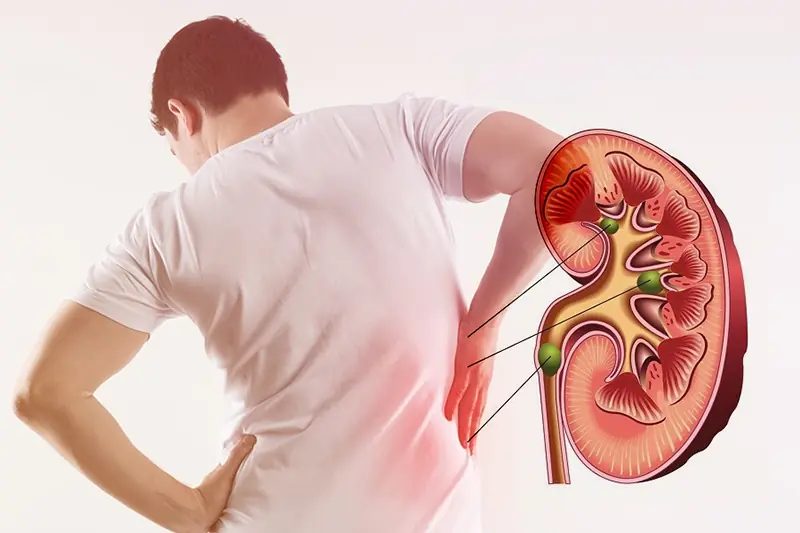
Mild kidney failure symptoms you need to know

The best part of the pig: No one paid attention before, now you have to go to the market early to buy it!
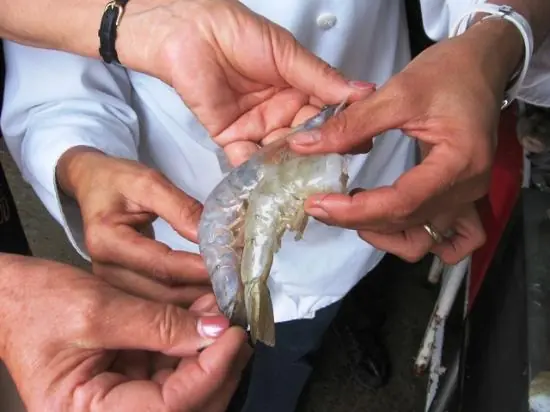
The Most Accurate Way to Tell Farmed Shrimp from Wild Shrimp – Seller Shares Tips Anyone Can Use

Thin Hair, Visible Scalp? Use Ginger This Way and Watch Your Hair Grow Fast!
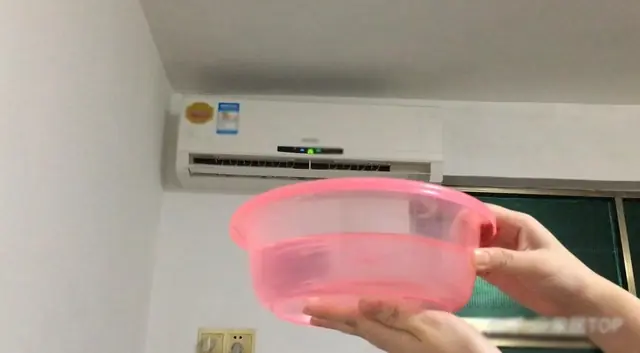
Place a Bowl of Water in Your Air-Conditioned Room
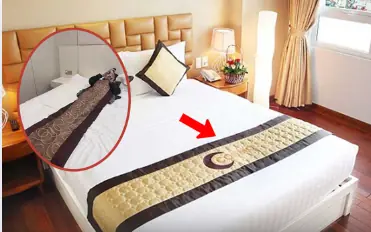
Many people still don’t know the purpose of the bed runner in hotels. So, what is its real function?

Top professions with heavy karmic consequences - even if they earn billions, avoid doing them

6 "Taboos" in the Bedroom That Drain Wealth and Severely Harm Health
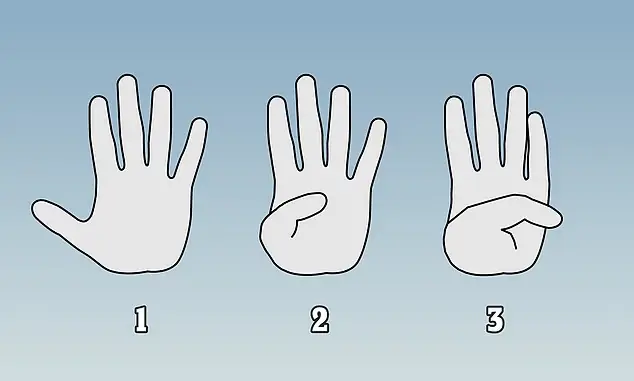
Doctor reveals simple thumb test that can detect heart problems like 'ticking time bomb'

Why hotels prefer white bed linens?
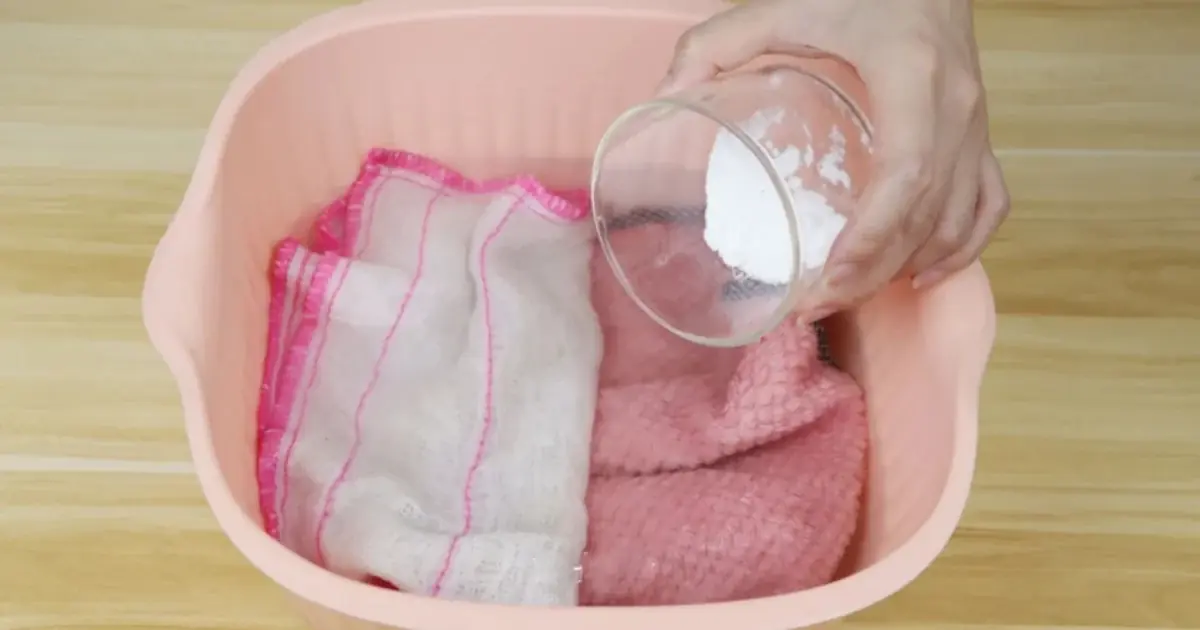
How to clean towels easily and economically
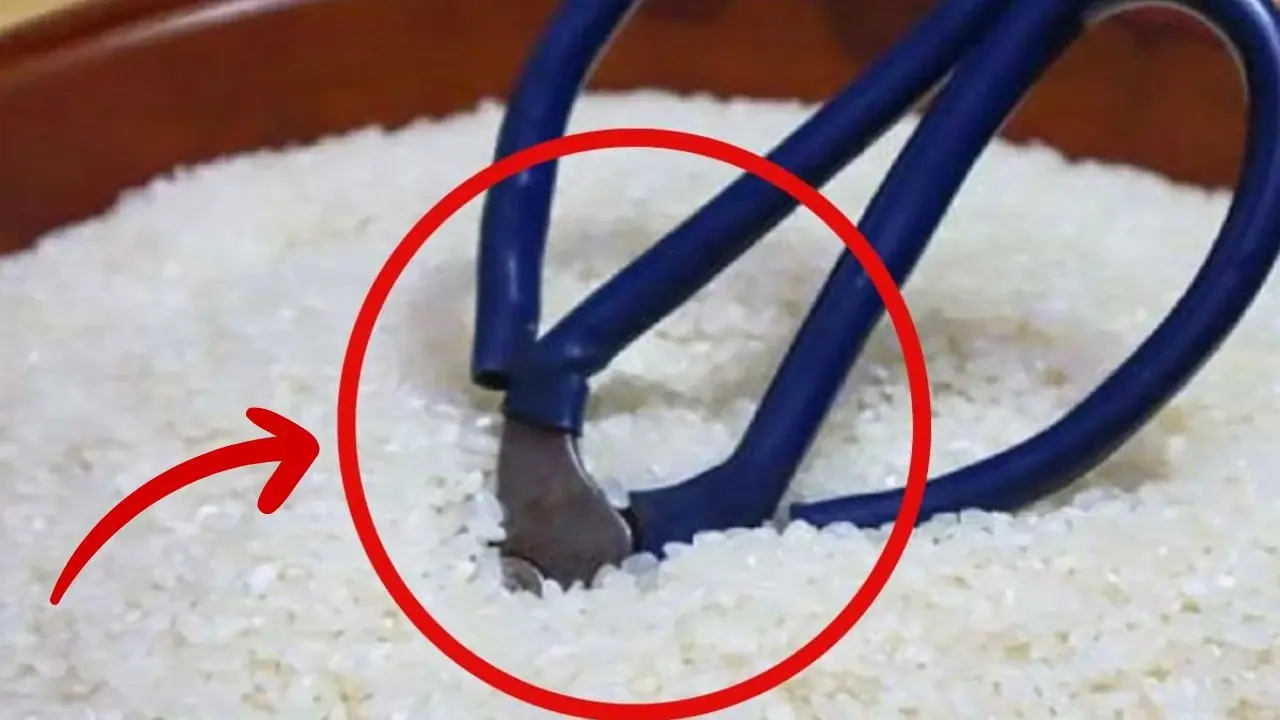
The effect of insert a pair of scis.sors into the rice bin
News Post

10 Effective Snake-Repellent Plants to Keep Your Yard Safe and Beautiful
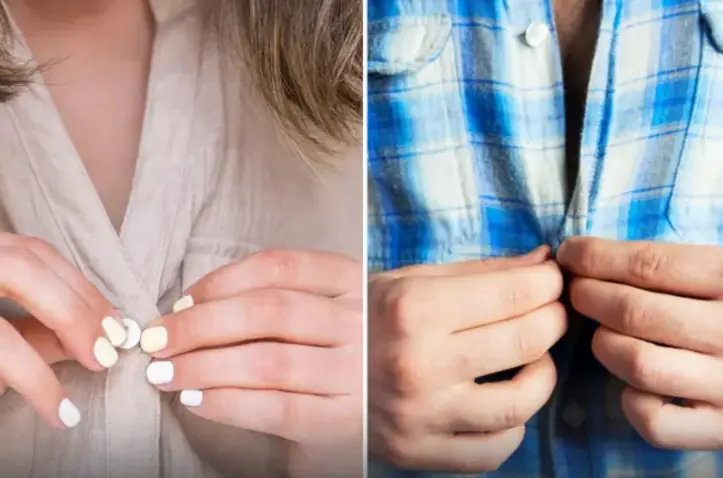
The Button Dilemma: Why Do Men's and Women's Shirts Button Differently
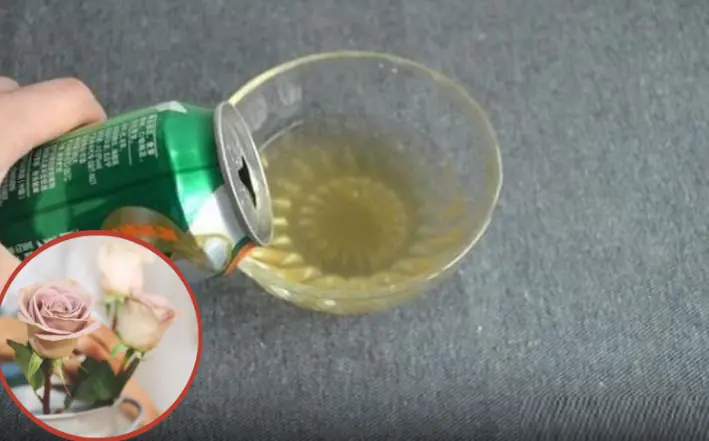
Don’t Toss That Leftover Beer: Discover 8 Surprising Benefits of Keeping I

Why Do Many Believe the Poor Avoid Buying Second-Floor Homes, While the Wealthy Skip the 18th Floor?

Boost Your Circulation Naturally: Top Foods Proven to Enhance Bl0d Flow and Heart Health

Seemingly harmless habits that cause can.cer very quickly: Are you suffering from them?
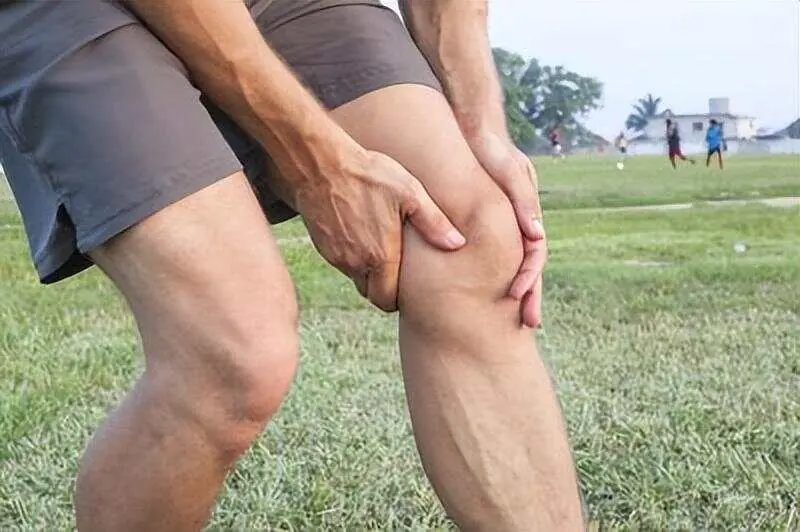
How long does a person live, just by looking at the lower body? People with long life often have these 3 characteristics

When buying tomatoes, which of these two types of tomatoes should you choose?

Watermelon is cooling but eating it this way can cause poisoning: Many people don't know

Experts show 4 ways to eat instant noodles without toxicity

Can Guava Leaf Tea Really Cure Diabetes?

Don’t Ignore the Signs

We Thought the Inheritance Was Settled—Until a Second Will Tore Our Family Apart
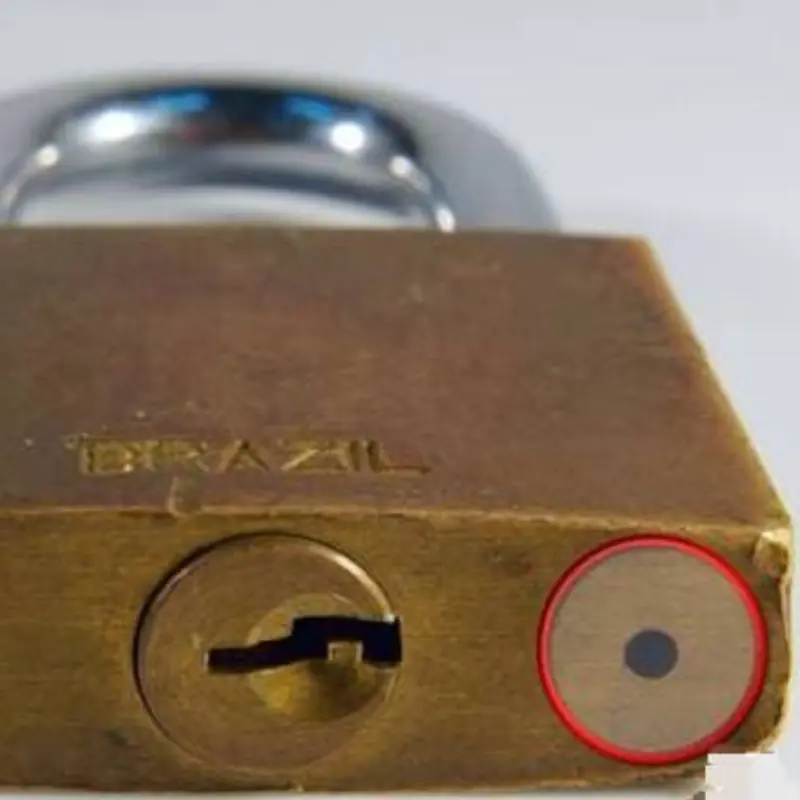
Even Now, Many People Still Have No Idea What This Tiny Hole Is For

If Your Home Has These 3 Tilted or Misaligned Items, Beware of Sudden Decline in Fortune and Health

10 Clever Ways to Reuse Lemon Seeds at Home

Unlocking the Secret Health Benefits of Common Mallow: Nature’s Wonder Herb for Wellness

Essential Knowledge for Growing Cassava Successfully
